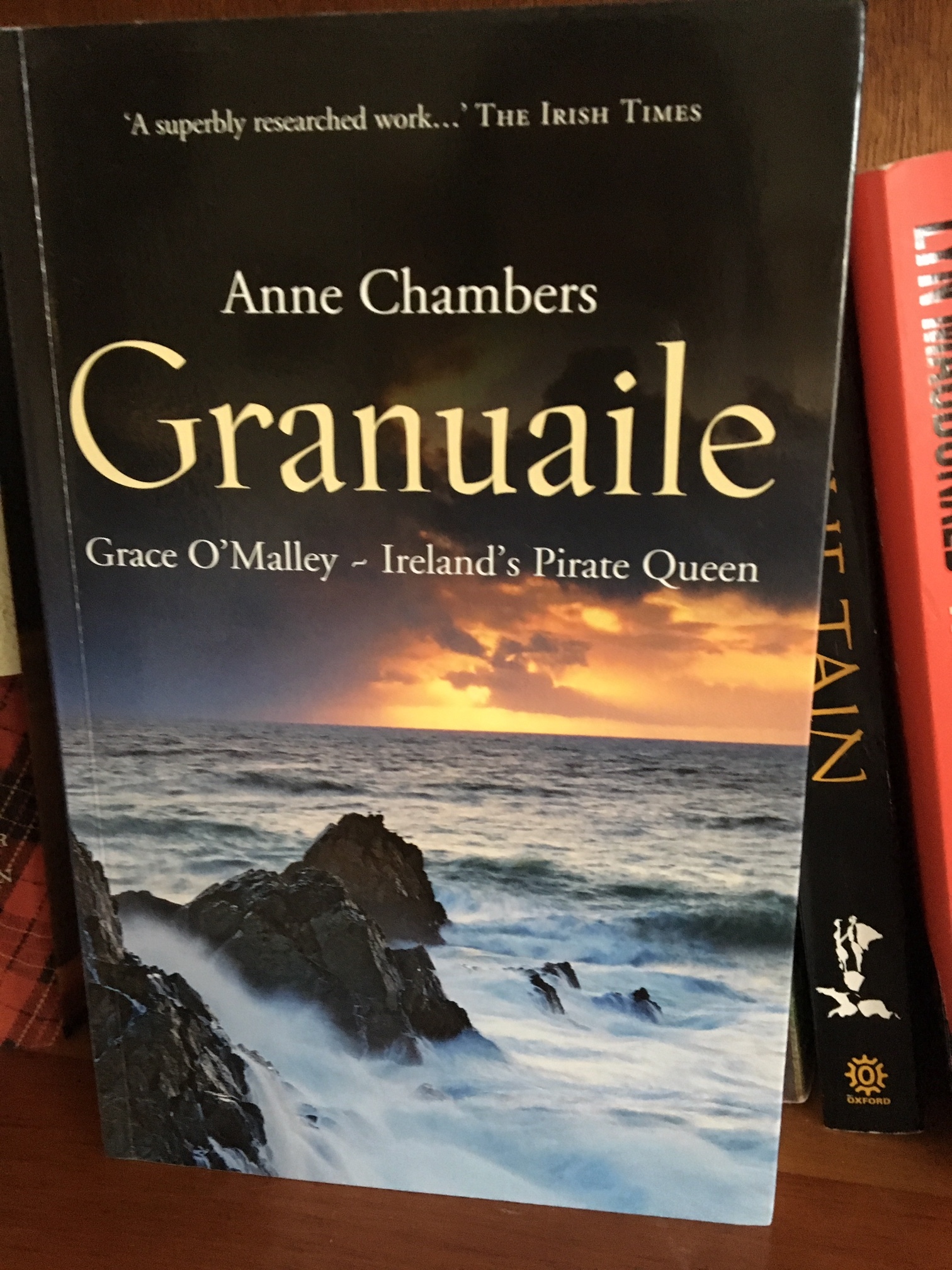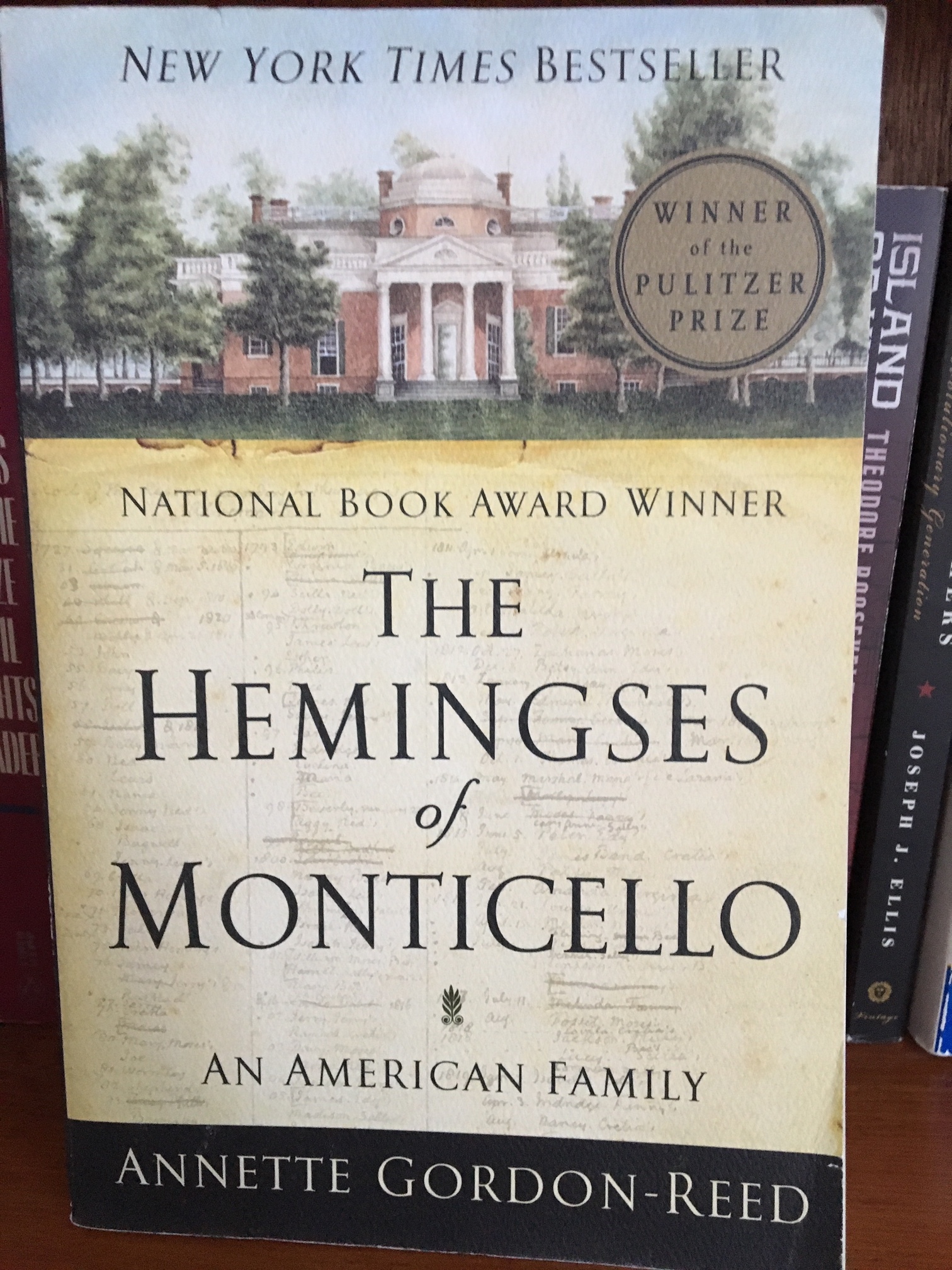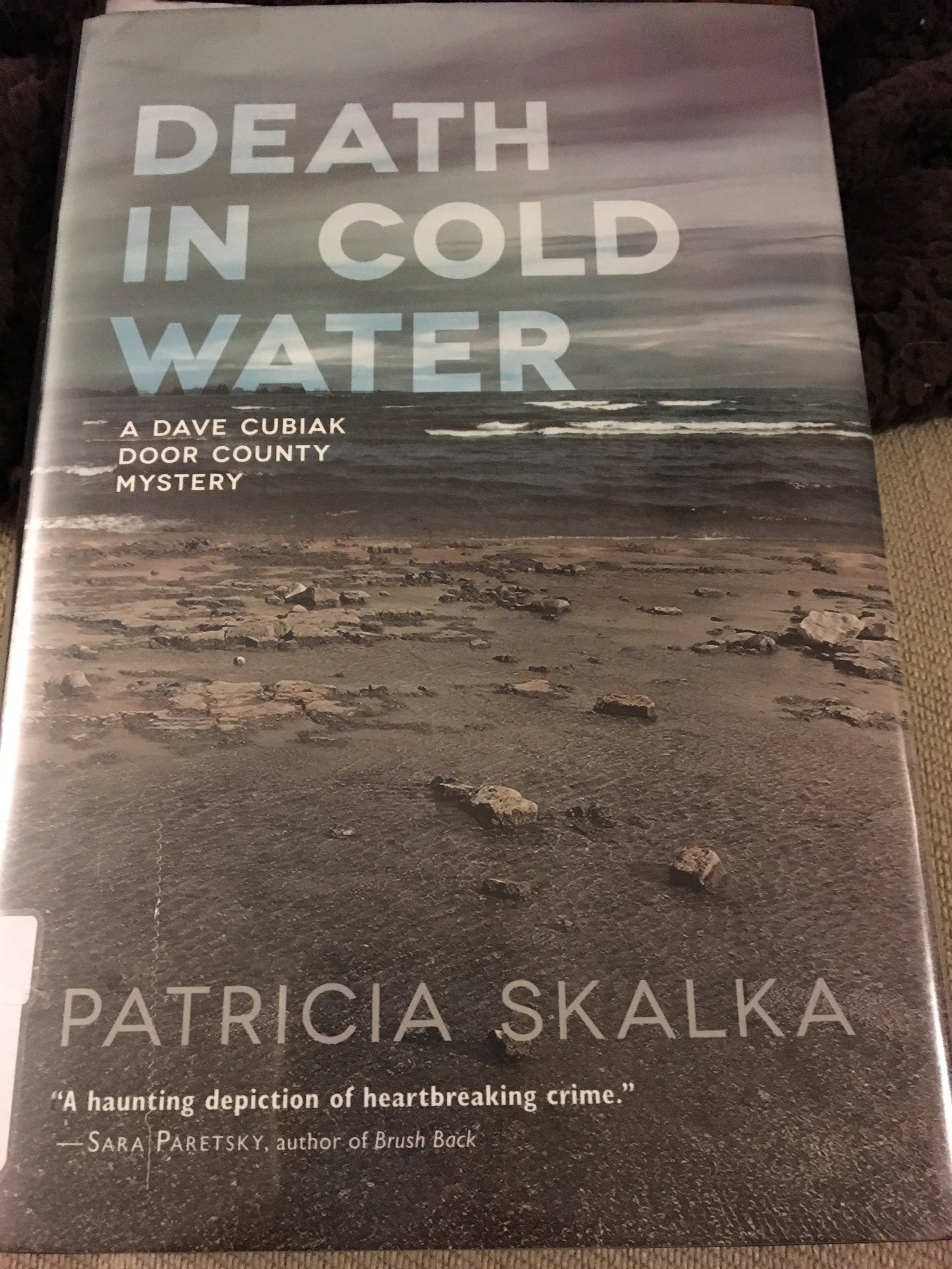The best book I read this month was a historical mystery, my favorite genre. The Way of All Flesh by Ambrose Parry is set in Edinburgh in 1847, and it’s as much about the history of medicine as it is about murder. The story centers around the household of Dr. James Simpson, who popularized the use of chloroform as an anaesthetic; the mystery around the deaths of a prostitute and a housemaid. The “detectives” are Simpson’s apprentice, Will Raven, and housemaid, Sarah Fisher.
I loved many things about this book, but the giddiest thrill came from recognizing so many of the street names and locations from my visit to Edinburgh this past fall. Knowing I’d walked along some of the same streets as the characters gave special life to the setting and the story. (And speaks of a city that preserves its past instead of destroying it.)
The writing, too, was pitch perfect—the language reflective of the mid-19th century setting of the story, not just in the dialogue but in the descriptions, as well. The characters—Raven and Sarah, in particular—are complex and not caricatures. If this becomes a series, I look forward to seeing how their partnership develops.
The plotting and mystery were also well done. This was not a typical serial killer mystery, and I liked that the murders were not so straightforward. I also found the killer’s comeuppance especially creative. (The foreshadowing for what happens to the killer is very subtly done, but it works.)
My hope is that this becomes the first in a series, because Parry—in reality, a husband and wife team—has the goods when it comes to writing engaging mysteries and I wouldn’t mind spending more time hanging out in the Simpson household.












